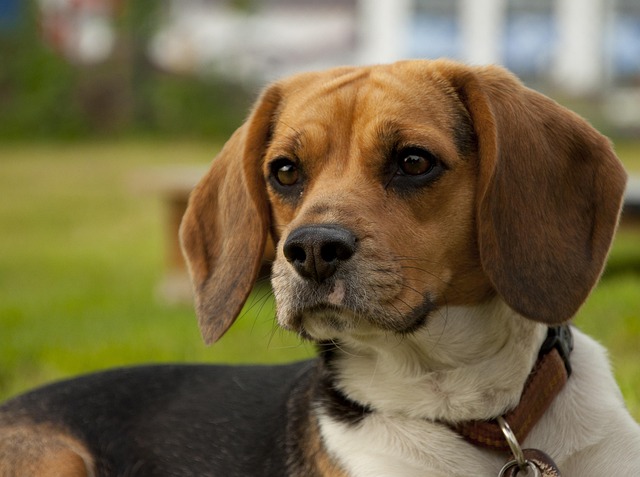
How hard is it to potty train a yorkshire terrier?
Bringing a Yorkshire terrier home fills your life with tiny paws and boundless energy, but the journey of potty training often comes with its fair share of challenges.
Walking your dog should be a relaxing daily ritual, but for many owners in places like Chicago’s bustling neighborhoods or San Diego’s crowded beaches, it turns into a stressful ordeal when their pup growls, lunges, or snaps at other dogs. Take Sarah, a Seattle teacher whose rescue pit bull, Bowie, would stiffen and bark violently at any dog within 20 feet. “I felt like a failure,” she admits. “But I learned aggression isn’t a death sentence—with the right training, even reactive dogs can learn to coexist.” Let’s break down how to help your pup overcome this challenge.
Dog aggression toward other dogs rarely stems from “bad behavior.” It’s usually a language of discomfort: fear (like Bowie, who was attacked as a puppy), poor socialization (puppies not exposed to other dogs by 14 weeks often view strangers as threats), or territorial instincts (think of a small dog in a NYC apartment defending “their” hallway). Biologically, their amygdala (the brain’s fear center) hijacks rational thinking, triggering a “fight or flight” response. You’ll see warning signs: raised hackles, a rigid tail, or sudden stillness—these are cries for help, not defiance. A vet in Austin explains, “It’s like us feeling anxious in a crowded elevator; they’re screaming, ‘Make it stop!’ through teeth.”
The cornerstone of training is counterconditioning and desensitization—two fancy terms for rewriting your dog’s emotional script. Start by identifying your pup’s “threshold”: the distance at which they just start to stress (for Bowie, it was 50 feet). At this safe zone, introduce a “trigger” (another dog, far away), then immediately shower them with high-value treats (think chicken strips or freeze-dried liver). The goal? Make them think, “Oh! That scary thing means YUMMY things happen!” Gradually shorten the distance over weeks, always stopping if they tense up. A Los Angeles trainer advises, “Progress is measured in inches, not miles. Patience beats speed every time.”
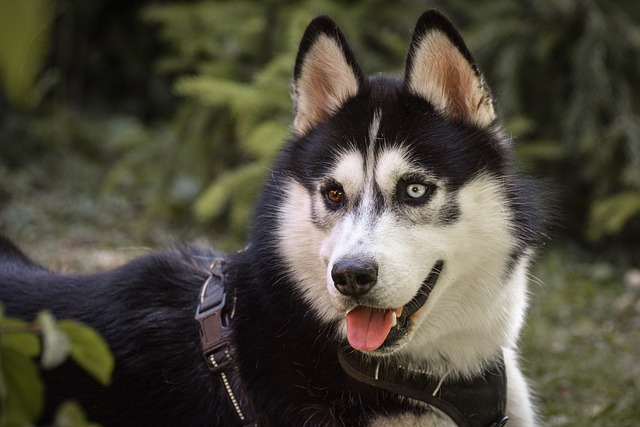
Equip yourself with the right tools: a short, sturdy leash (retractable leashes are banned in many cities like Denver for safety) and a front-clip harness (like the Gentle Leader) to redirect their focus without hurting them. Avoid “correction” tools like shock collars or choke chains—they amplify fear and violate animal welfare standards embraced in the U.S. and Europe. When Bowie spotted a dog, Sarah would say “watch me” and pivot in a circle, rewarding eye contact instead of letting him fixate. “It took 3 months, but one day he 自愿 looked at me instead of lunging,” she says.
This journey ties to broader responsibilities as a pet parent. In most U.S. states, leashing your dog in public isn’t just polite—it’s law (New York fines $250 for off-leash violations in non-dog parks). Always carry poop bags; a Miami dog owner learned the hard way that aggressive incidents are more likely in dirty, chaotic areas where dogs feel on edge. For apartment dwellers, avoid peak walking times (7–9 a.m./5–7 p.m.) when hallways are crowded, and use baby gates to create a “calm zone” near the door so your pup doesn’t associate exits with panic.
Cultural values matter deeply here: never punish your dog for aggressive outbursts. Scolding or jerking the leash reinforces the idea that other dogs = pain, worsening the cycle. Instead, praise any calm behavior—even a half-second of relaxed posture—with enthusiastic “good boys” and treats. This aligns with the positive reinforcement ethos celebrated in modern training, where trust replaces fear. A Boston terrier owner in Portland started by rewarding her pup for ignoring a dog’s bark from behind a fence; within months, they could pass each other on sidewalks peacefully.
The road to progress is messy—there will be setbacks, especially in high-distraction spots like Atlanta’s BeltLine. But remember: most dogs aren’t “broken,” just misunderstood. With consistent training (10–15 minutes daily), Bowie now walks past dogs with a wag, and Sarah credits patience as the key. “I thought I needed to ‘fix’ him, but I just needed to teach him the world wasn’t out to get him.” By prioritizing kindness, compliance with local rules, and gradual exposure, you’ll transform walks from wars to walks of confidence—for both of you.

Bringing a Yorkshire terrier home fills your life with tiny paws and boundless energy, but the journey of potty training often comes with its fair share of challenges.
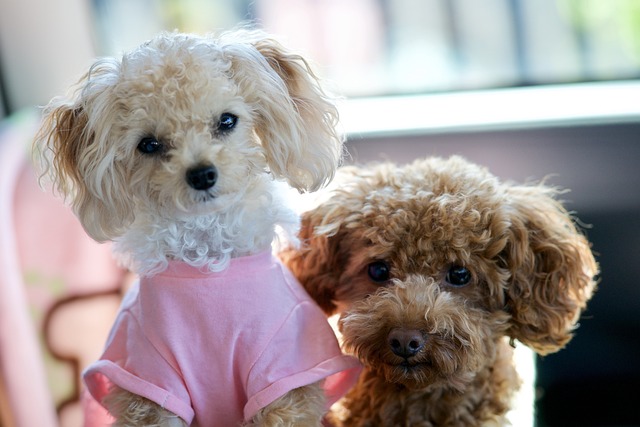
Imagine walking into your Houston home to find your rescue pit bull, Rocky, growling over a chewed shoe, hackles raised as you approach.
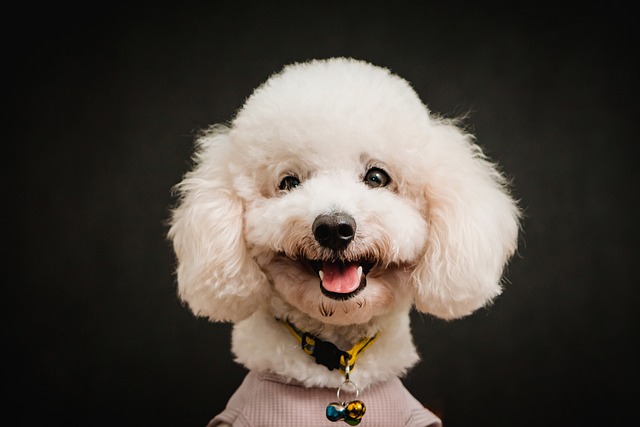
Imagine your squishy 9-week-old Labrador, Daisy, tumbling after a fallen Cheerio in your Chicago kitchen. You chirp, "Daisy, come!" – and those little paws scramble toward you
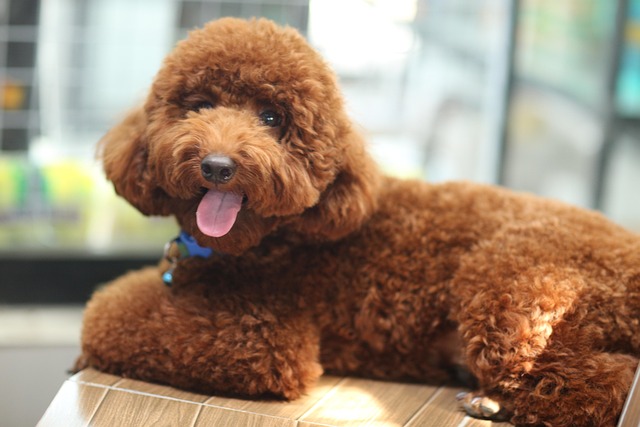
Imagine this: You’re at a sun-dappled park in Denver, waving a frisbee and calling your Australian shepherd, Zara, but she’s too busy sniffing a patch of grass where a squirrel paused minutes ago.
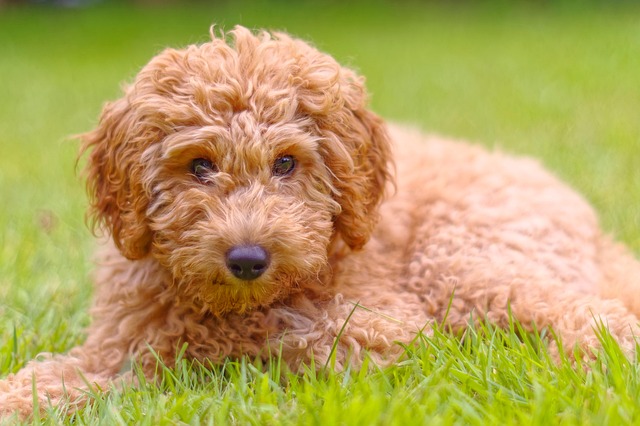
Picture this: you're at the local park, your new Labrador pup, Buddy, spots a fascinating squirrel. You call his name with growing urgency
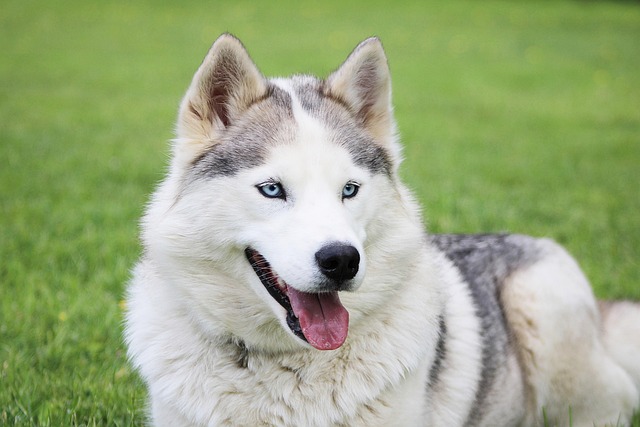
Your heart leaps as your 4-month-old Golden Retriever, Cooper, locks onto a discarded chicken wing during your Brooklyn sidewalk stroll – milliseconds from a dangerous snack.